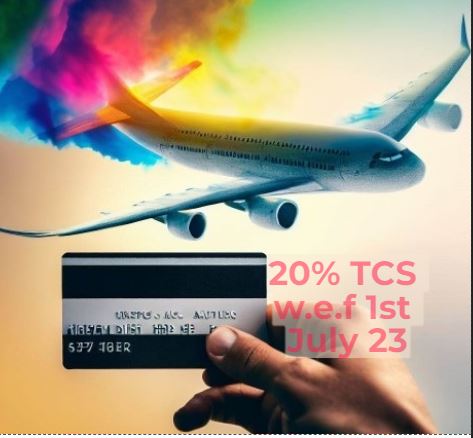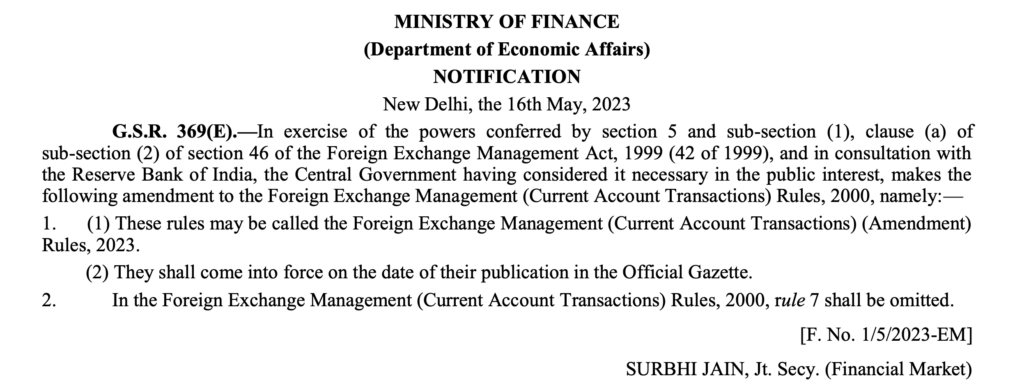
The Liberalized Remittance Scheme (LRS) in India, introduced by the Reserve Bank of India (RBI), enables Indian residents to remit money abroad for permissible purposes. It allows transactions like education expenses, travel, medical treatment, investments, property purchases, and gifting to relatives overseas. The LRS has evolved since its launch in 2004, with the remittance limit rising to USD 250,000 per financial year (as of September 2021). Authorized dealers (banks) handle the remittances, which must comply with documentation requirements and anti-money laundering regulations. The LRS promotes financial flexibility and cross-border transactions within the regulatory framework set by the RBI.

Features of LRS:
- Allows Indian residents to remit money abroad for permissible purposes.
- Permits transactions such as education, travel, medical treatment, investments, property purchases, and gifting to relatives overseas.
- Remittance limit of USD 250,000 per financial year (as of September 2021).
- Transactions must comply with documentation and anti-money laundering regulations.
- Facilitates financial flexibility and cross-border transactions within regulatory guidelines.
Currently, the government of India imposes a Tax Collection at Source (TCS) of 5% on the amount utilized under the Liberalized Remittance Scheme (LRS) when it exceeds INR 7 Lakhs in a financial year. However, for educational purposes, the TCS rate is 0.5%, while for foreign package tours, it is a flat 5%. For instance, if you spend INR 2,00,000 on a package tour to Singapore, you would pay INR 2,40,000 to the tour operator, with INR 40,000 being sent to the government as TCS under your PAN. If your total income tax liability is lower than the deducted tax, you can request a refund of the excess amount.


Starting from July 1, 2023, a significant change has been implemented where a flat rate of 20% Tax Collected at Source (TCS) applies without any minimum limits to trigger the TCS requirement. This means that whenever you make a payment, such as USD 100 for a dine in foreign country, USD 20 will be collected towards your Indian taxes. This amount can either be adjusted against your income tax liability or refunded to you after you file your tax returns. If you are purchasing an overseas tour package from an international travel agent in foreign currency using your credit card, you have to pay a TCS of 20 per cent from July 1, 2023. However, buying tour packages from local tour operators will not be liable for TCS.
Credit card spending outside India has become more inconvenient. Now, the expenses incurred through credit card usage abroad will be counted towards the Liberalized Remittance Scheme (LRS) limit of USD 250,000 per individual, with no way to easily track the amount utilized (except by keeping track of all bills). This means that if you intended to make a significant one-time payment for a house in foreign country, you may face difficulties since it will be counted towards your LRS limit. Furthermore, starting from July 1, 2023, credit card spending under LRS will be subjected to a 20% Tax Collection at Source, which can be adjusted against your tax liability.






